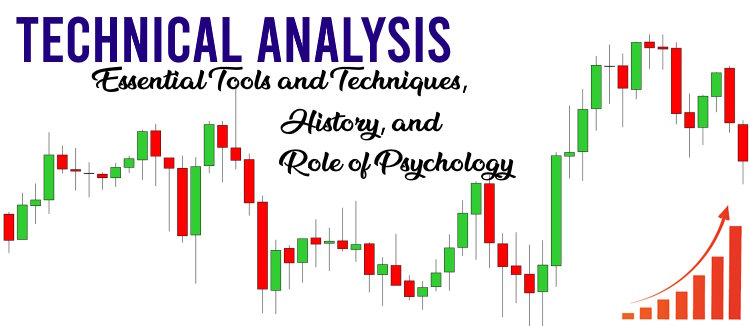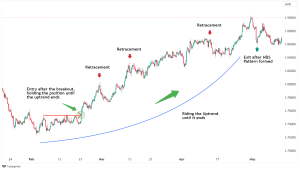Risk Management in Trading: Key Techniques to Safeguard Your Investments
Introduction
In the world of trading, managing risk is just as important as finding profitable opportunities. Without a solid risk management strategy, even the most promising trades can lead to significant losses. In this post, we’ll explore essential risk management techniques, including setting stop-loss orders, position sizing, and more, to help you protect your capital and trade with confidence.
1. Understanding Risk Management
Risk management is the process of identifying, assessing, and controlling risks in trading. The goal is to minimize potential losses and preserve your trading capital. Successful traders understand that managing risk is not about avoiding it entirely but about making calculated decisions to protect their investments.
2. Setting Stop-Loss Orders
A stop-loss order is a pre-set instruction to sell a security when it reaches a specific price. This technique helps traders limit potential losses by automatically exiting a trade when the market moves against them.
- How to Set a Stop-Loss: To set a stop-loss, determine the maximum amount you’re willing to lose on a trade. For example, if you’re trading a stock at $100 and you’re willing to risk $5, set your stop-loss at $95.
- Types of Stop-Loss Orders:
- Fixed Stop-Loss: A simple, predetermined price level at which the position is closed.
- Trailing Stop-Loss: Adjusts the stop price as the trade moves in your favor, allowing you to lock in profits while still limiting losses.
- Benefits: Stop-loss orders help remove emotions from trading decisions, ensuring that losses are capped and don’t spiral out of control.
3. Position Sizing
Position sizing refers to determining the amount of capital to allocate to a single trade. Proper position sizing ensures that no single trade can significantly impact your overall portfolio.
- Risk Per Trade: A common rule of thumb is to risk no more than 1-2% of your trading capital on any single trade. For example, if you have $10,000 in your trading account, you might risk $100-$200 per trade.
- Calculating Position Size: The position size can be calculated by dividing your risk per trade by the distance between your entry price and stop-loss level. For instance, if you’re risking $100 and your stop-loss is $5 away from the entry price, you would buy 20 shares (100/5).
- Benefits: Position sizing helps manage your risk exposure and ensures that even a series of losing trades won’t deplete your capital.
4. Diversification
Diversification involves spreading your investments across different assets or sectors to reduce the impact of any single trade or market movement.
- Why Diversify?: By holding a variety of positions, you can mitigate the risk of one poor-performing trade dragging down your entire portfolio.
- How to Diversify: Consider allocating capital to different asset classes (e.g., stocks, bonds, commodities) or sectors (e.g., technology, healthcare) to reduce the overall risk.
5. The Importance of a Trading Plan
A trading plan outlines your trading strategy, including entry and exit rules, risk management techniques, and performance evaluation criteria.
- Components of a Trading Plan:
- Trading Goals: Define your financial objectives and timeframes.
- Risk Management Rules: Include rules for stop-losses, position sizing, and diversification.
- Performance Evaluation: Regularly review your trading performance to identify strengths and weaknesses.
- Benefits: A trading plan provides structure and discipline, helping you stay focused and avoid impulsive decisions.
6. The Psychology of Risk Management
Emotions play a significant role in trading decisions. Fear and greed can lead to poor risk management, such as moving stop-losses or overtrading.
- Controlling Emotions: Stick to your trading plan and risk management rules, even when emotions run high. Consider using automated tools like stop-loss orders to help remove emotional biases from your trades.
- Mindset: Accept that losses are part of trading and focus on maintaining a long-term perspective. Successful trading is about consistency and discipline, not chasing quick profits.
Conclusion
Risk management is a cornerstone of successful trading. By implementing techniques such as setting stop-loss orders, sizing your positions correctly, and diversifying your portfolio, you can protect your capital and navigate the markets with greater confidence. Remember, the key to long-term success in trading isn’t just about making profits—it’s about preserving your capital and managing risk effectively.
Call to Action
If you found this guide on risk management useful, be sure to check out our other posts on trading strategies and market analysis. Don’t forget to subscribe to our newsletter for the latest insights and tips to improve your trading skills!











Post Comment